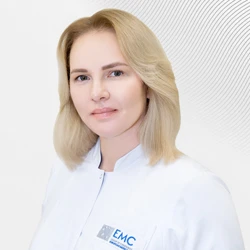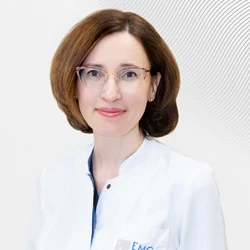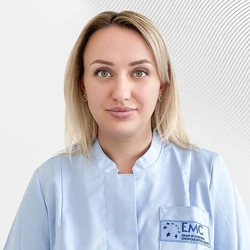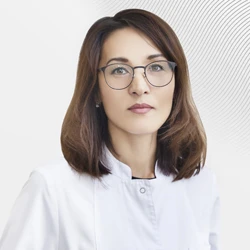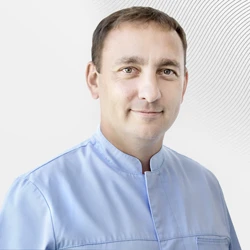Hydronephrosis in children
Narrated by Zuhra Sabirzyanova,
pediatric urologist-andrologist, PhD
 With hydronephrosis in children, the ureter is incorrectly formed. This is a congenital condition that can manifest itself at different stages of intrauterine development, starting from the first trimester.
With hydronephrosis in children, the ureter is incorrectly formed. This is a congenital condition that can manifest itself at different stages of intrauterine development, starting from the first trimester.
Types of hydronephrosis in children
Hydronephrosis can be non-obstructive and does not require surgical treatment.
corrected hydronephrosis is also common. This is when, after plastic surgery of the pelvic-ureteral segment, the kidney still does not contract, the expanded cups remain wide enough, but at the same time the outflow of urine is restored. This often happens when a kidney with very poor function is operated on. The main thing we are fighting for is not the narrowing of the pelvis, but the restoration of outflow from the kidney. In such cases, it is sometimes necessary to have a repeat operation when the child grows up.
There is an international classification of degrees of hydronephrosis – SFU (Society of fetal urology, International Society of Prenatal Urology). According to this classification, there are 5 degrees of hydronephrosis (from 0 to 4). The degrees of hydronephrosis 2 and 3 according to SFU in most children resolve themselves in the first year of life during the growth process. This happens because the infant is mostly lying down, he has a weak and undeveloped pelvic muscle. As the child grows, the urinary tract begins to "mature." The smooth muscles of the intestine mature, the skeleton and musculature mature, and the same thing happens with the smooth muscles of the upper urinary tract. It is much easier for the urinary tract to work in an upright position. That is why hydronephrosis in young children is recommended to be observed during the first year (if the kidney function is preserved, if there is no inflammatory process, if it is a unilateral process).
Causes of hydronephrosis in children
The cause of hydronephrosis may be an intrauterine defect: stricture, stenosis of the pelvic-ureteral segment, an accessory vessel, high ureteral discharge, stone, tumor, external adhesions.
Symptoms of the disease
If hydronephrosis was not diagnosed in utero, then it may not manifest for a long time (if the hydronephrotic transformation is not associated with acute kidney obstruction). That is why, as part of the medical examination of children in the first year of life, ultrasound of the abdominal organs, including the organs of the urinary system, is mandatory. This is a screening ultrasound scan that will allow you to suspect a malformation of the urinary system and identify it before complications occur, for example, an acute inflammatory process due to a violation of the outflow of urine from the kidney.
If it is a hydronephrotic transformation without impaired kidney function, it is almost impossible to suspect it. Therefore, we encourage parents to ensure that they do not neglect the medical examination of children and carry it out in full. That is, they take urine tests and perform ultrasound examinations.
Diagnostic methods
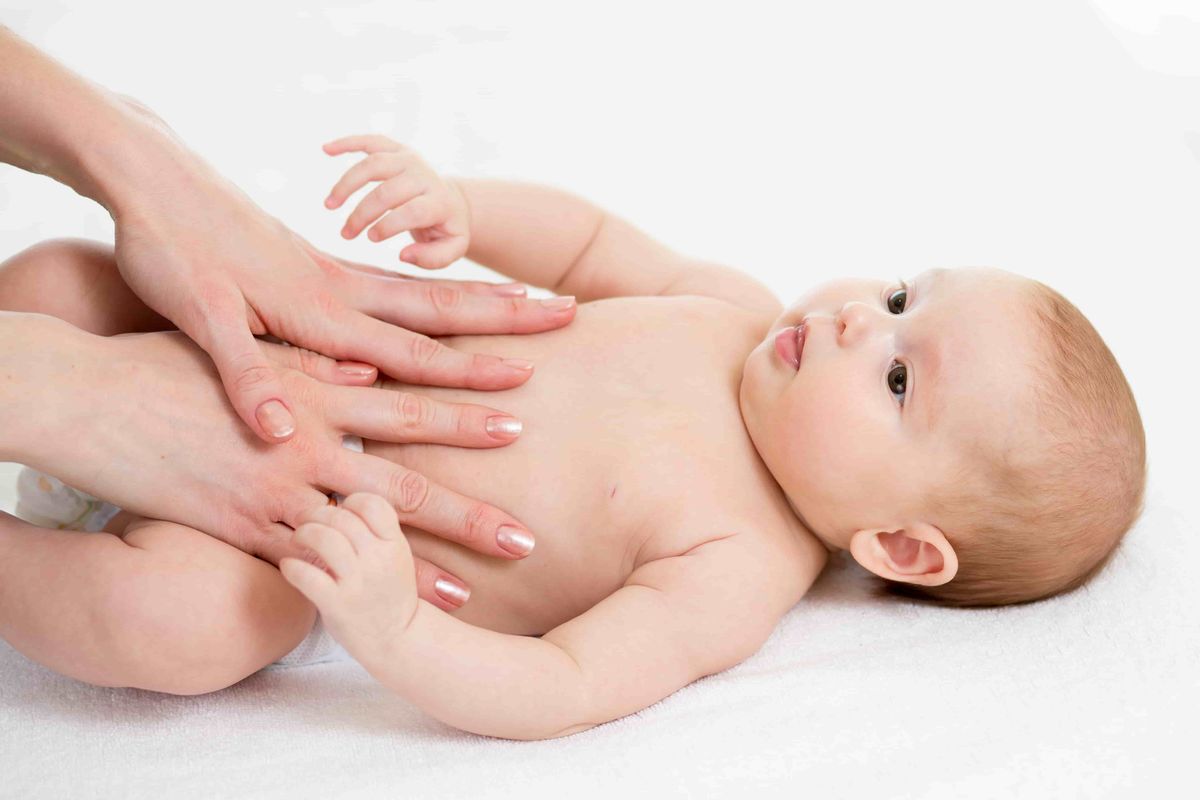 Taking into account the possibilities of prenatal diagnosis, fetal ultrasound often makes it possible to establish a diagnosis even before birth.
Taking into account the possibilities of prenatal diagnosis, fetal ultrasound often makes it possible to establish a diagnosis even before birth.
However, doctors do not always detect this pathology in the fetus during ultrasound examinations during routine screenings at 20-22 and 31-33 weeks of pregnancy. But if a violation is detected, it is usually called not hydronephrosis, but intrauterine pyelectasia– an enlargement of the pelvis.
Quite often we come across the fact that specialists in intrauterine diagnostics, seeing a one-sided process, a slight expansion of the pelvis, tell mothers that the baby will be born, "prescribed", and everything will pass. Perhaps this is the right thing to do in terms of keeping the pregnant woman calm. But any mother who was informed during pregnancy about the abnormal formation of the kidney and urinary tract of the fetus should understand that on 5-7 days after the birth of the baby, ultrasound screening should be performed. It is on the 5th-7th day, and not earlier, because in the first days after giving birth, there is still not enough fluid passing through the ureter of the child, the kidneys secrete little urine and ultrasound diagnostics will not be so informative. It is on the 5th – 7th day after birth that the child develops diuresis. Therefore, if we are not talking about a critical condition of the child, a bilateral process, or poor blood chemistry, ultrasound screening should be performed on the 5th - 7th day of the child's life.
Ultrasound is a screening method that allows you to suspect a developmental anomaly (an improperly developed kidney, an enlarged pelvis, enlarged cups, etc.). But this study is not enough to diagnose hydronephrosis.
The most important thing in the diagnosis of hydronephrotic transformation is to determine the functional state of the kidney and upper urinary tract. That is, it is important to preserve the function of the kidney (secretory, responsible for the formation and accumulation of urine and excretory) and the urodynamics of the upper urinary tract (an indicator of how quickly urine enters the bladder through the upper urinary tract). Excretory urography, which is accepted in most clinics in our country, even performed on the most modern digital equipment, will not allow the diagnosis of hydronephrosis according to its methodology, this study gives an idea only of the anatomical condition of the kidney.
Dynamic scintigraphy is the only method that allows you to assess the picture of the disease, to understand whether the disease is obstructive and requires surgical correction. In some cases, in addition to ultrasound and dynamic scintigraphy, we perform computed tomography (CT)to determine the cause of hydronephrosis, kidney anatomy, and surgical intervention planning.
Treatment of hydronephrosis in children
There is no drug therapy for hydronephrosis. But it is important to prevent inflammatory complications. If an infection joins the enlarged pelvis, the outflow of urine from it will be disrupted, and an inflammatory process may form - pyelonephritis.
After the diagnosis is established, when the doctor sees that hydronephrosis is obstructive, that the outflow of urine from the kidney is really disrupted, he begins to form a treatment plan. Surgical treatment is aimed at eliminating the narrowing zone in the ureter and performing plastic surgery between it and the pelvis. There are different types of interventions:
- classic incision surgery (lumbotomy),
- laparoscopic (surgery through "punctures" in the abdominal wall),
- retroperitoneoscopic surgery,
- robot-assisted plastic surgery.
We are not operating on the ureter's pelvis, but on the child. Therefore, the method of surgical treatment is selected individually. A good urologist surgeon should know all the techniques of performing operations, and the clinic should have all the necessary equipment and tools.
Of course, laparoscopic techniques have a number of advantages over open surgery: more accurate results, a shorter recovery period, no scars, and lower risks of postoperative complications. The robotic console allows surgeons to create an anastomosis with precision and minimal tissue injury. The width of the anastomosis in a child is 1.5 - 2 cm, and about 15-20 stitches are applied to this area.
But it may turn out that the robot-assisted technology is not suitable for a particular child. It all depends on age, general somatic condition, and anthropometric parameters that may prevent the installation of a robotic console. When planning a laparoscopic procedure, it is important whether adequate anesthesia can be performed, because there are also specific features here.
Thus, the type of surgery is determined not individually by the surgeon, but by a team that includes an anesthesiologist, pediatrician, and surgeon from the perspective of what will be most effective and safe for a particular child.
But there is no need to be afraid of scars. The issue is not the size of the incision, but the need for surgical treatment to be performed as efficiently and safely as possible for a particular patient.
Features of treatment of bilateral hydronephrosis
A two–way process is a more serious situation. Since their discharge from the hospital, such children are taken under the supervision of pediatric urologists and plan surgical intervention. Operations are rarely performed from both sides at once. Sometimes drainage is installed on one side, and plastic is made on the other. But it's very individual.
Prognosis and possible complications
If we talk about classical unilateral hydronephrosis with preserved kidney function, the prognosis is very good, and most of our patients have no restrictions by adolescence.
If hydronephrosis is not treated, the kidney will lose its functions and it will have to be removed.
Recovery after surgery
Within 3-7 days after any reconstructive plastic surgery, the patient has drains, a nephrostomy, and a stent. At this time, the patient is monitored by a urologist in a full-time or day hospital, depending on the patient's condition.
When the child does not require infusion therapy, pain relief and continuous monitoring, we discharge him from the hospital. Of course, we stay in touch with our patients and are ready to provide round-the-clock advice and assistance.
After using the robot-assisted technique, the child's recovery period is only 3 days instead of 6-7 days after laparoscopic surgery.
In the future, the child must undergo regular examinations to assess how the created anastomosis works, the kidney, how the ureter grows, etc. We monitor children under 18-20 years of age to make sure that the operated organ manages to grow with the child.
Power supply
There are no restrictions on nutrition. But we recommend that you follow a drinking regime for the formation of proper kidney function.
Physical activity
If a child is involved in sports activities, physical activity restrictions after surgery should be observed for about 1 month. If a small child was operated on, then there is no question of restrictions. On the second day after the operation, babies walk, run, jump and behave as usual.
Advantages of treatment in EMC
EMC is the only clinic in Russia where urological surgeons perform robotic surgeries for upper urinary tract malformations in children, that is, for the treatment of hydronephrosis and ureterohydronephrosis, kidney doubling and any abnormalities of the ureters and upper urinary tract.The first such ureteral plastic surgery was performed by EMC specialists on a two-year-old child in 2017. Currently, robot-assisted interventions for children are performed in our clinic as planned.
- We perform any reconstructive plastic surgery and robot-assisted surgery for children of all ages.
- EMC pediatric urologists have completed internships in the best clinics in Europe and the USA.
- In the EMC, patients can be diagnosed and treated as soon as possible.
- We use only modern international diagnostic and treatment protocols.
Why the EMC
The first and only clinic in Russia, created in the image of the world's leading clinics
EMC is a multidisciplinary center offering patients a high level of medical services and a personalized approach
Worldwide recognition and awards
 Learn more
Learn more
Worldwide recognition and awards
 Certificates and licenses
Certificates and licenses
Make an appointment for a consultation
Specify your contacts and we will contact you to clarify the details
Reviews
and new products of the EMC


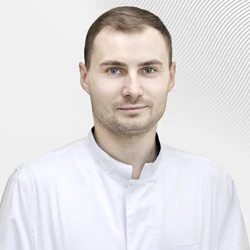
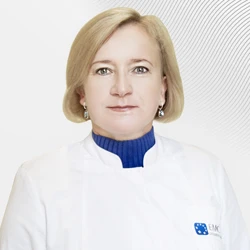
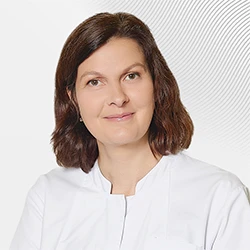

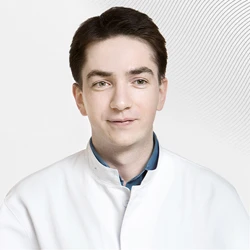
.webp)
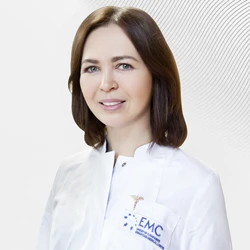

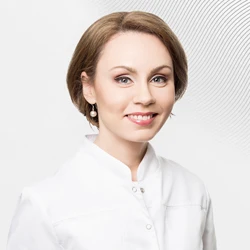

.webp)
